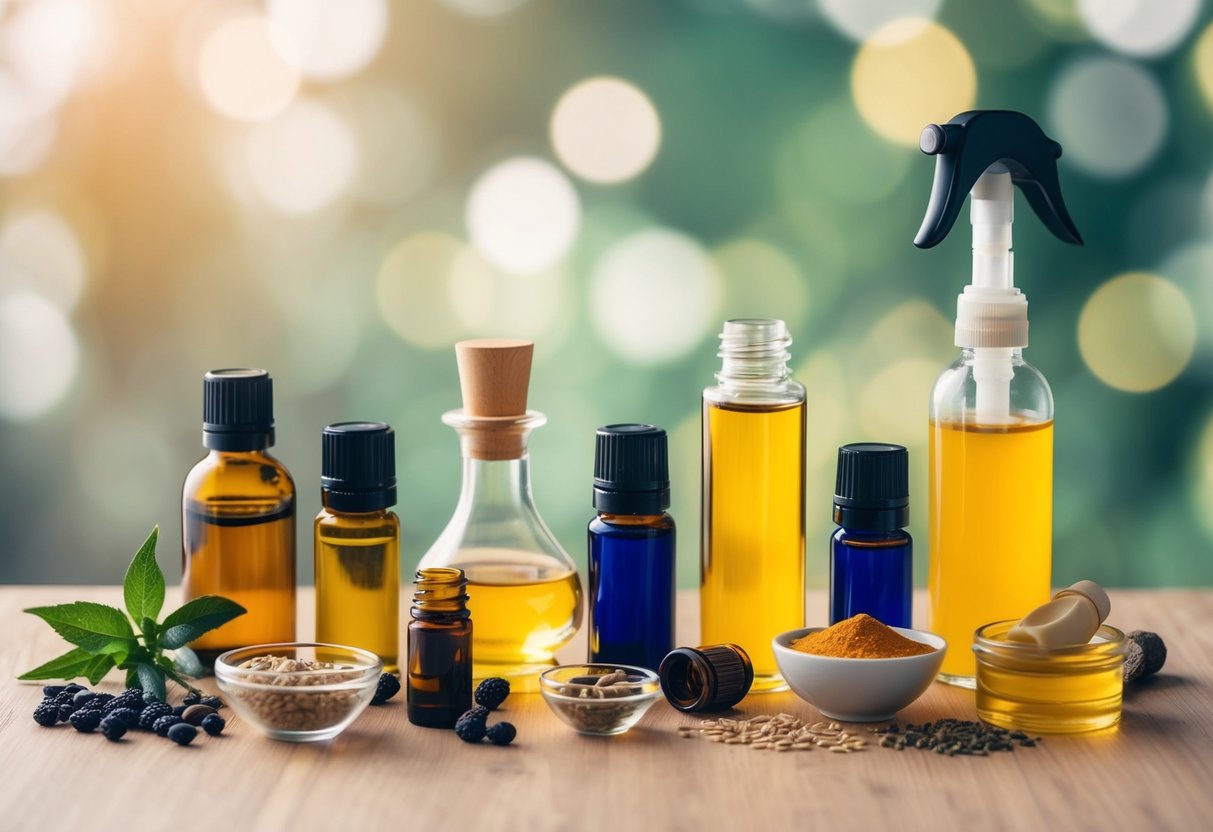DIY Aromatherapy: Create Your Own Relaxing Essential Oil Blends at Home
Aromatherapy offers a natural way to enhance well-being and create a tranquil atmosphere. By crafting your own essential oil blends, you gain control over the ingredients and their effects, tailoring them specifically to your preferences. Creating personalized blends can bring a sense of relaxation and satisfaction as you design scents that suit your mood or needs.
Understanding how individual essential oils contribute to relaxation can help in mixing and matching them effectively. Lavender, chamomile, and eucalyptus, among others, are known for promoting a calm environment.
Exploring DIY aromatherapy at home extends a sense of creativity and experimentation. Combining different oils allows individuals to discover unique scents personal to their tastes, making the process both fulfilling and educational. This journey into creating calming environments is both a practical skill and a rewarding hobby.
Understanding Essential Oils
Essential oils carry a rich history and potential therapeutic benefits. Their quality and purity significantly impact their effectiveness and safety.
History and Basics
Essential oils have been used for centuries, with their origins tracing back to ancient civilizations like Egypt and India. These concentrated plant extracts capture the essence of a plant’s fragrance and flavor. Extraction methods such as steam distillation and cold pressing are commonly employed. The oils can be derived from various parts of plants, including flowers, leaves, bark, and roots. Each plant part may produce an oil with a unique composition. People have used these oils historically for purposes ranging from religious rituals to medicinal applications. Their long-standing use highlights their versatility and importance across different cultures.
Therapeutic Properties
The therapeutic properties of essential oils are diverse, impacting both physical and emotional well-being. Each essential oil has specific properties that can address various health concerns. For example, lavender is popular for its calming effects, while peppermint can help relieve headaches and improve focus. The effects of essential oils often depend on their chemical composition. Some oils act as anti-inflammatories, antimicrobials, or antioxidants. Utilization methods like inhalation and topical application allow users to experience these properties effectively. Careful selection and application are crucial to unlocking their therapeutic potential, ensuring that people can benefit from their diverse properties in safe and personalized ways.
Purity and Quality
Purity and quality are critical factors when selecting essential oils to ensure both safety and efficacy. Pure essential oils should not contain additives, fillers, or synthetic fragrances. To determine purity, consumers can look for transparency from manufacturers about sourcing and production methods. Quality is influenced by factors such as the plant’s growing conditions, harvest timing, and extraction process. Essential oils from reputable brands often undergo rigorous testing, including gas chromatography and mass spectrometry. These tests confirm the integrity and concentration of the oils’ compounds. By prioritizing high-quality oils, users protect themselves from potential adverse effects and maximize the therapeutic benefits.
Importance of Carrier Oils

Carrier oils play a crucial role in aromatherapy, primarily ensuring safe application and enhancing the benefits of essential oils. They dilute potent essential oils to prevent skin irritation and facilitate absorption. Selecting the right carrier oil is essential, as each oil offers unique properties that can complement different essential oil blends.
Role in Dilution
Carrier oils are essential for diluting the concentrated nature of essential oils, which can otherwise cause skin irritation or allergic reactions. Essential oils are highly potent, and using them undiluted on the skin can lead to adverse effects. Carrier oils allow users to safely apply essential oils by reducing their concentration without affecting their therapeutic properties.
The dilution process involves blending a few drops of essential oil with a larger volume of carrier oil. This ensures an even application, minimizing the risk of irritation. Oils like sweet almond oil and jojoba oil are popular choices due to their skin-friendly nature and neutral scent, making them ideal for creating balanced and effective aromatherapy blends.
Selecting the Right Carrier Oil
Selecting an appropriate carrier oil depends on the desired outcome and the user’s skin type. For instance, jojoba oil, known for its similarity to the skin’s natural sebum, is excellent for all skin types. It absorbs easily and doesn’t clog pores, making it versatile for various blends.
Fractionated coconut oil is lightweight and has a long shelf life, providing a non-greasy feel. It’s perfect for those who prefer a lighter texture in their blends. Grapeseed oil, rich in antioxidants, is suitable for those with oily or sensitive skin. Each carrier oil has distinct benefits and should be chosen based on individual needs and preferences.



